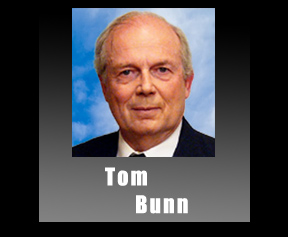
Panic and its close cousins anxiety and claustrophobia have long been problems without reliable solutions. In most cases, the estimated six million Americans who suffer with a panic disorder receive only marginal relief from psychotherapy (usually cognitive behavioral therapy), medication, or the two combined.
After years of working to help sufferers, licensed therapist and author Tom Bunn discovered a highly effective solution that utilizes a part of the brain not affected by the stress hormones that bombard a person experiencing panic. This “unconscious procedural memory” can be programmed to control panic by preventing the release of stress hormones and activating the parasympathetic nervous system. It sounds complicated but is not, requiring just 10 days and no drugs or doctors.
Using step-by-step instructions, Bunn outlines his highly successful 10-day panic relieving program in the enclosed advance reading copy of Panic Free: The 10-Day Program to End Panic, Anxiety, and Claustrophobia. In the years since he developed the program, every client he has worked with to control panic and claustrophobia has succeeded.
“When you start to experience panic, you may try to control your reaction consciously. But that may not work, for two reasons,” writes Bunn. “First, your capacity for conscious thought, located in the cortex, breaks down when stress hormones build up. Second, conscious thought may not activate the parasympathetic nervous system. The solution to panic is to train your unconscious procedural memory, located in the subcortex, to calm you automatically, by repeating the exercises in this book.”
Panic Free also includes specific instructions for dealing with common panic triggers such as MRIs, bridges, airplane travel, and tunnels. Because panic is a profoundly life-limiting problem, the program Bunn offers promises to be a real life-changer.
ABOUT TOM BUNN
Tom Bunn, LCSW, is the author of Panic Free: The 10-Day Program to End Panic, Anxiety, and Claustrophobia, which is the result of his many years addressing flight panic in his role as an airline pilot. He is also a licensed therapist, regular contributor to Psychology Today, and a former U.S. Air Force captain who flew the Air Force’s first supersonic jet fighter, the F-100.





